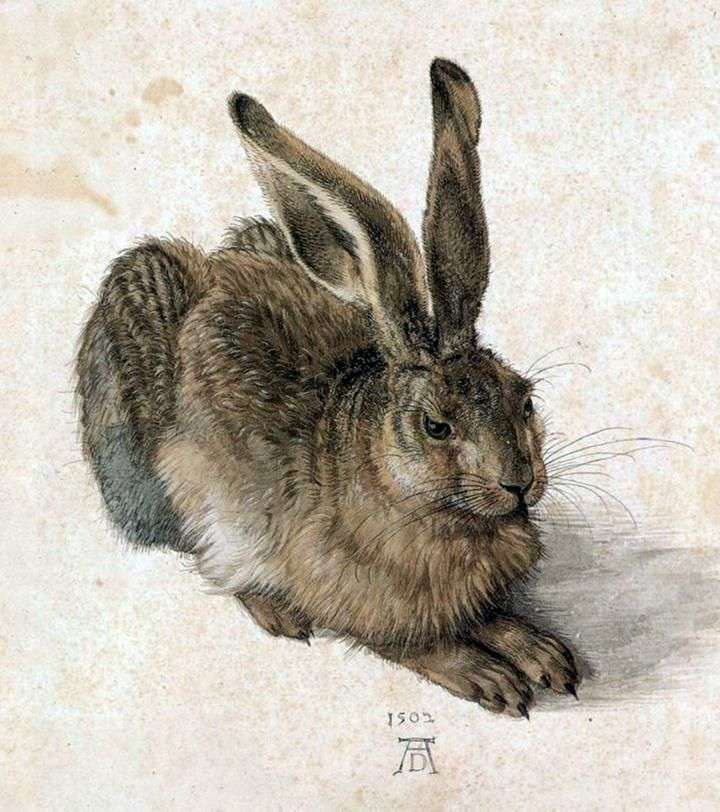
The masterpiece of the German art of the Renaissance “The Young Hare,” by Albrecht Durer, is one of the first works in which the theme of nature and the artist’s style is revealed. The animal is painted, like the later work “A Large Piece of Meadow,” in a hyper-relational manner that lends credence.
Watercolor hare – an example of detailed realism of the Northern Renaissance, a style that arose in the Flemish painting of the 15th century. One of the most famous representatives of this direction was Jan van Eyck.
Albrecht is also known for his woodblock prints and a number of engravings, which was contributed by his father, a jeweler. In addition, behind Durer’s shoulders there is a series of innovative self-portraits, hobby for landscape design, plants and animals that arose during travels in Germany and Italy. Durer’s visits to Italy, by the way, gave the master of the idea of popular techniques and tendencies of the Renaissance.
In the works of the painter one can see a synthesis of ideas and techniques of medieval painting and Renaissance art.
Until now, it is not known whether the “Young Hare” was created entirely in the workshop or the author sketched the animal in the wild, and then completed work indoors. Some critics argue that the reflection of the window frame in the eyes of the hare can prove the latter. However, the author is known for using reflections as a method of giving extra naturalness and realism to his characters. To many experts, it seems most likely that Durer used a stuffed animal for coloring, after creating sketches and notes in the wild.
Of course, the realness of the hare is impressive. To do this, Durer uses a complex structure and impressively uses chiaroscuro. In addition to the fact that he managed to isolate the ears and each hair on the whole body of the model, also create the effect of a warm golden light giving life energy to the hare.
Initially, Durer created a contour of the figure, and then covered the work with a brown paint. In the future, using a combination of dark and light strokes painted fur, using watercolor paints. The next step was the addition of small details, like a mustache and a reflection of the window in the eyes. After finishing the work with watercolor, the master applied a series of strokes on the gouache to give the fur a necessary structure. Finally, a series of white highlights was added, which gave the animal an overall dimension.
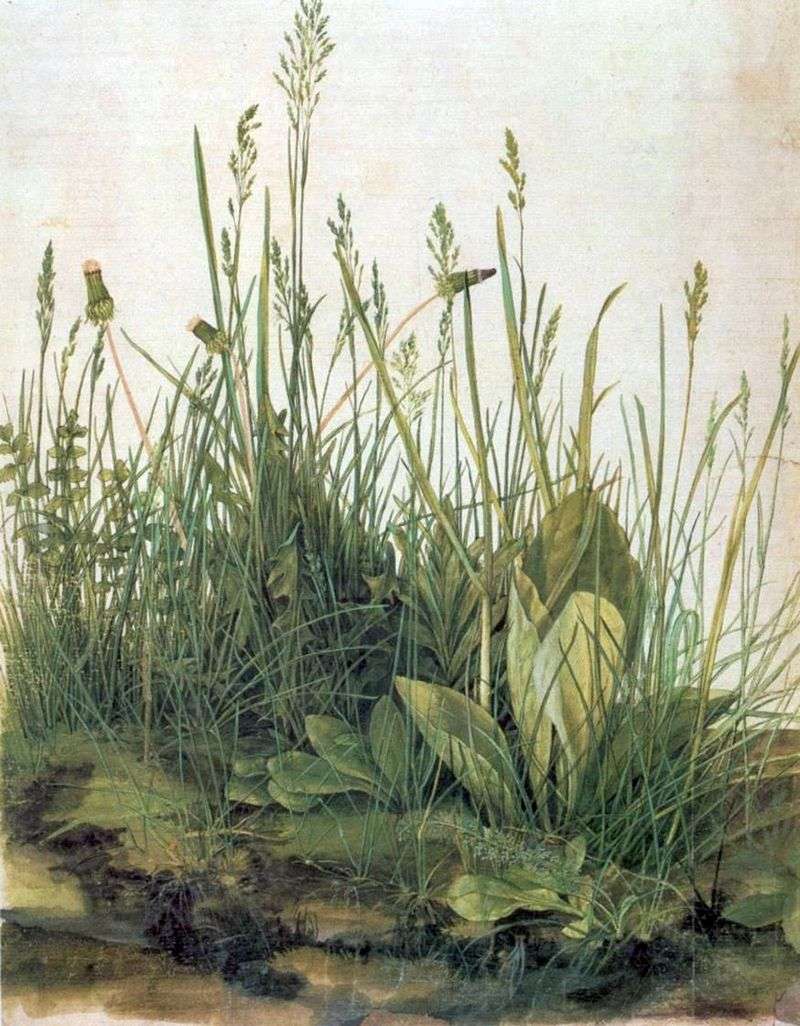 A large piece of meadow by Albrecht Durer
A large piece of meadow by Albrecht Durer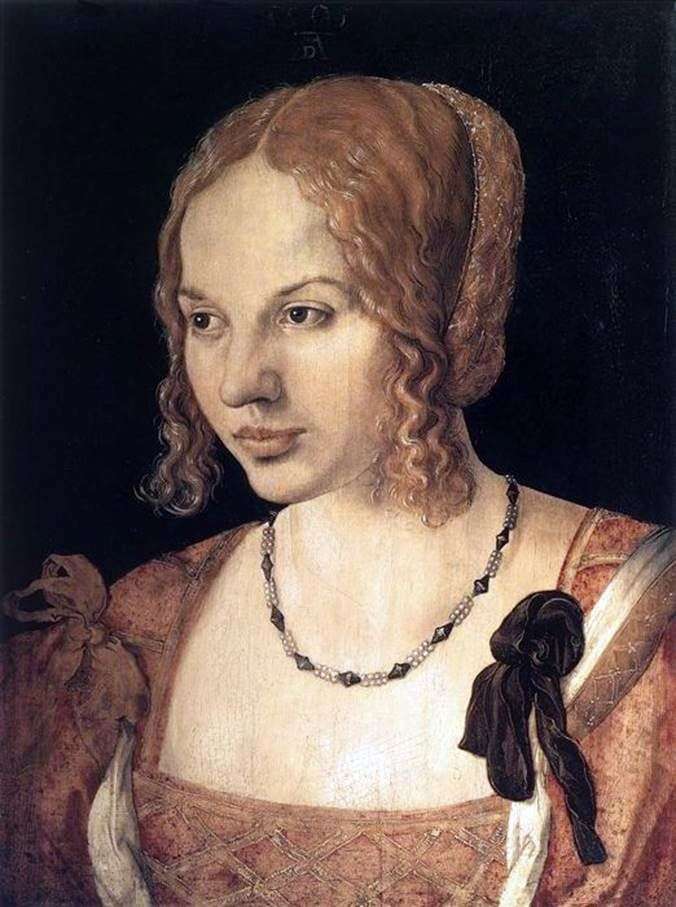 Portrait of a young Venetian by Albrecht Durer
Portrait of a young Venetian by Albrecht Durer Portrait of the artist’s father by Albrecht Durer
Portrait of the artist’s father by Albrecht Durer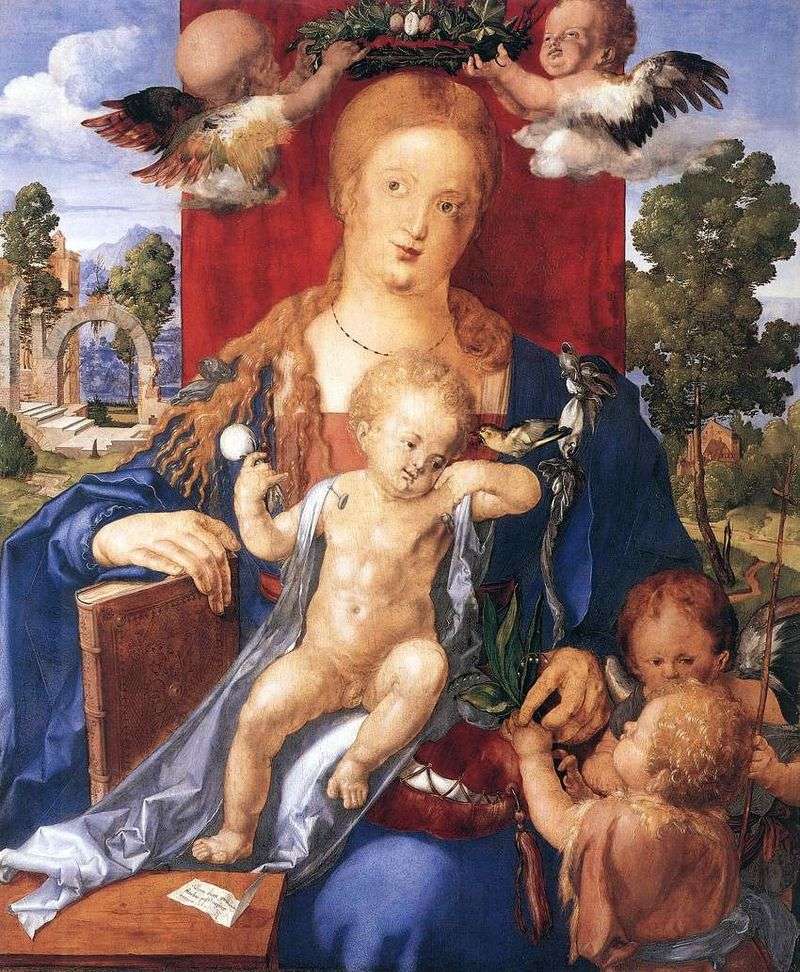 Madonna and siskin by Albrecht Durer
Madonna and siskin by Albrecht Durer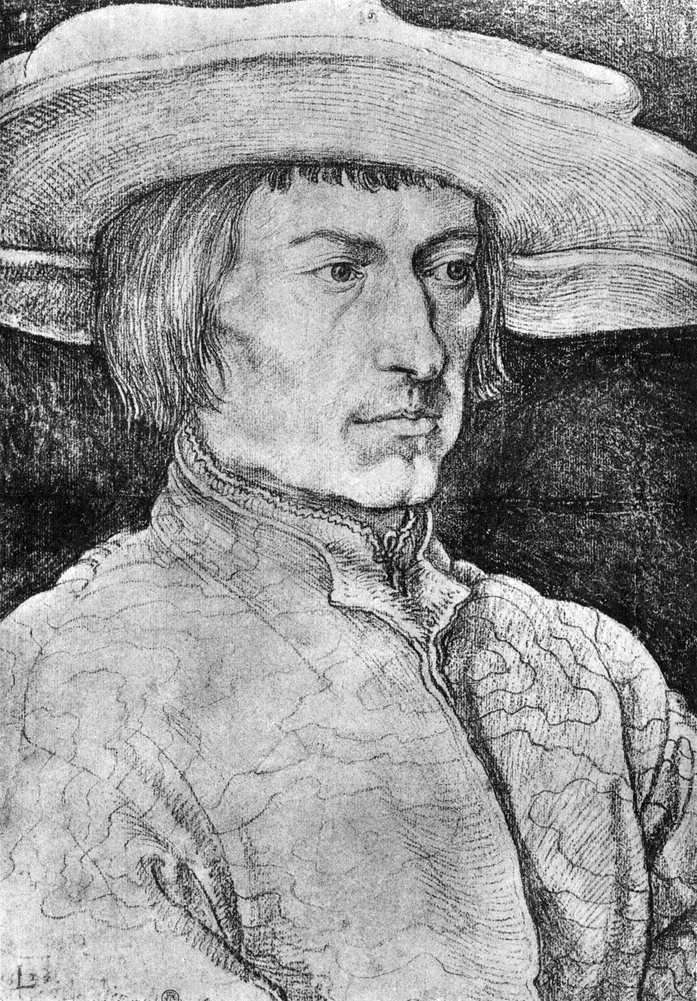 Portrait of Lucas van Leiden by Albrecht Durer
Portrait of Lucas van Leiden by Albrecht Durer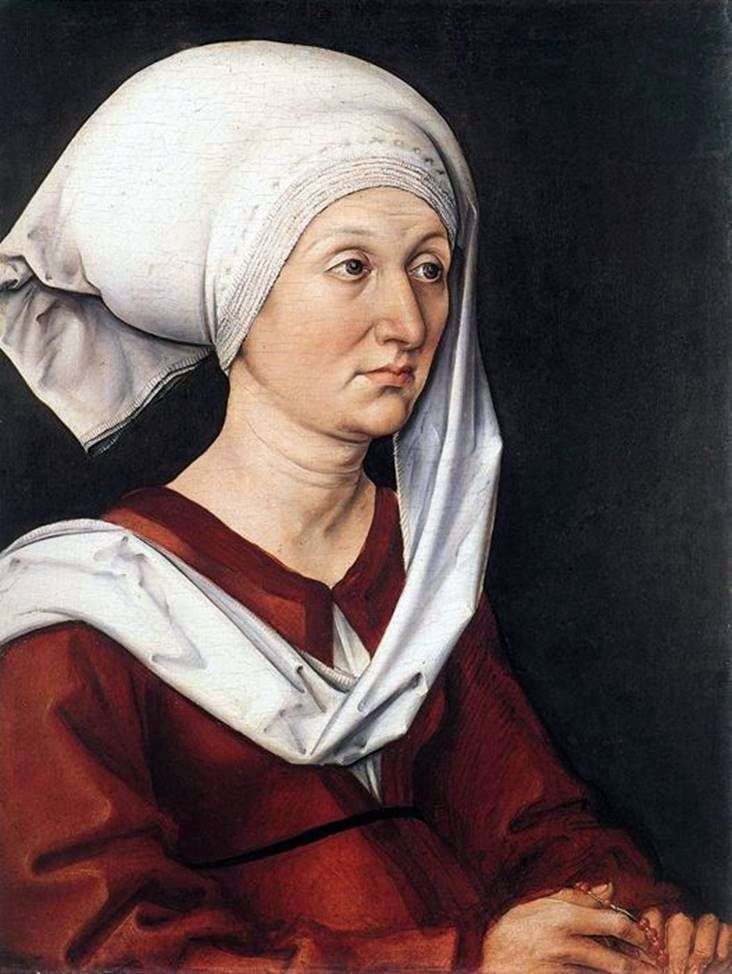 Portrait of Barbara Durer by Albrecht Durer
Portrait of Barbara Durer by Albrecht Durer Portrait of Berhart von Riesen by Albrecht Durer
Portrait of Berhart von Riesen by Albrecht Durer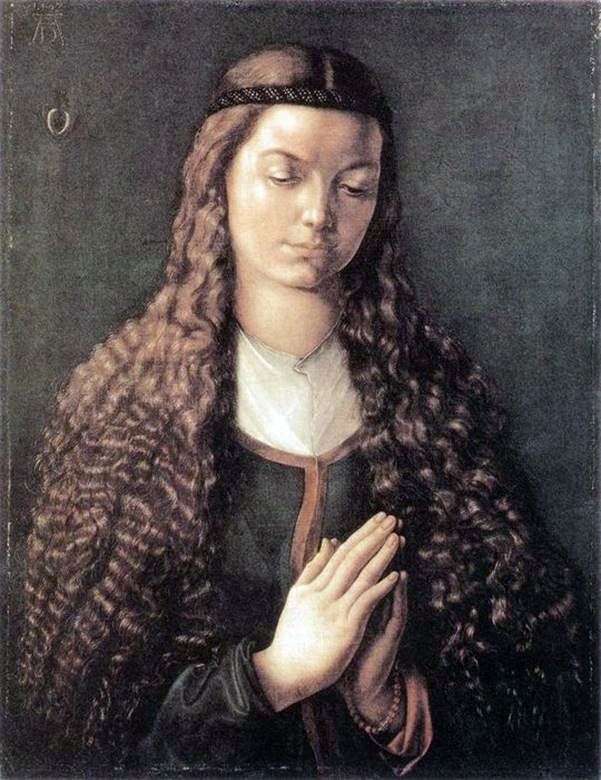 Portrait of a young girl with flowing hair by Albrecht Durer
Portrait of a young girl with flowing hair by Albrecht Durer